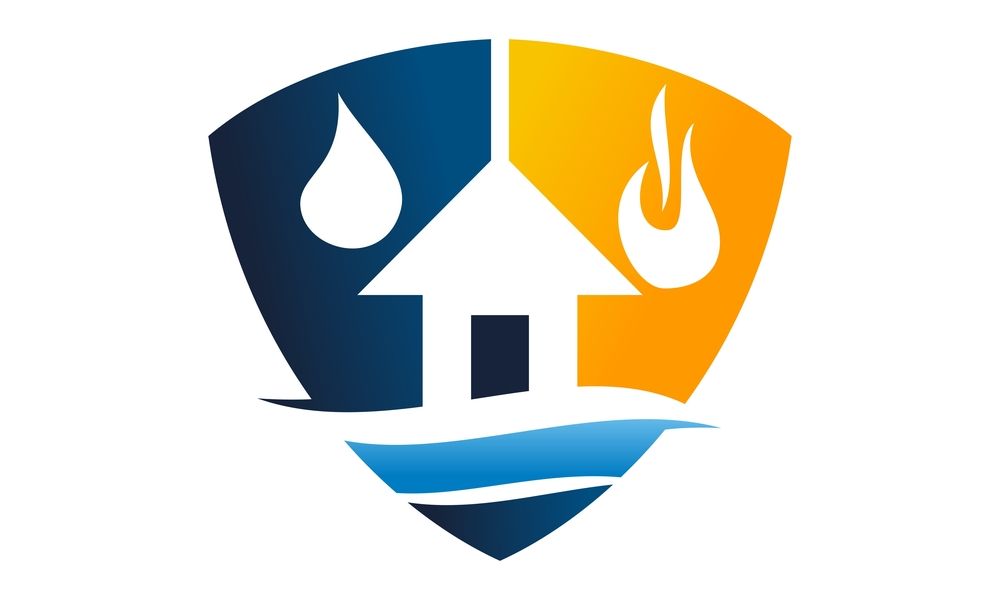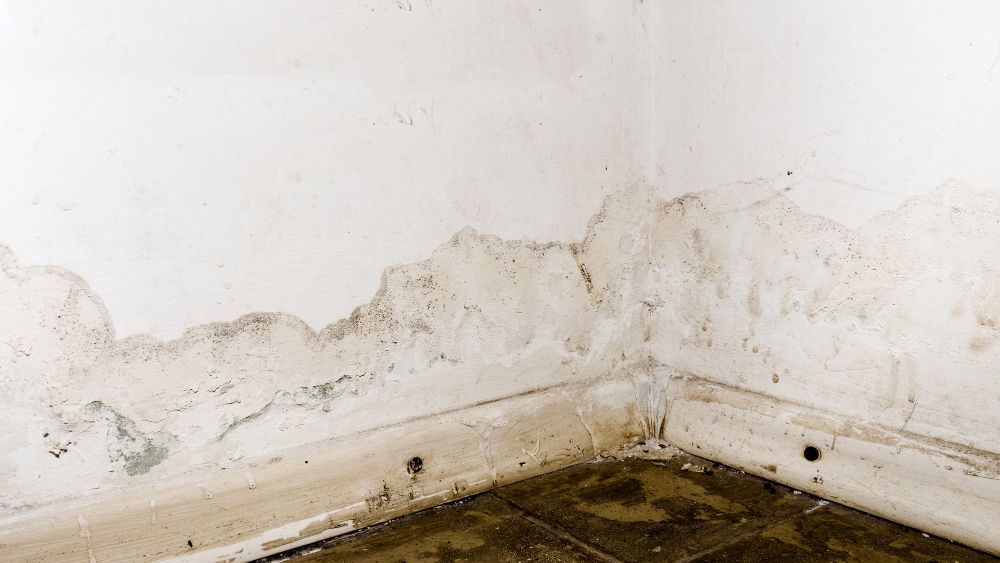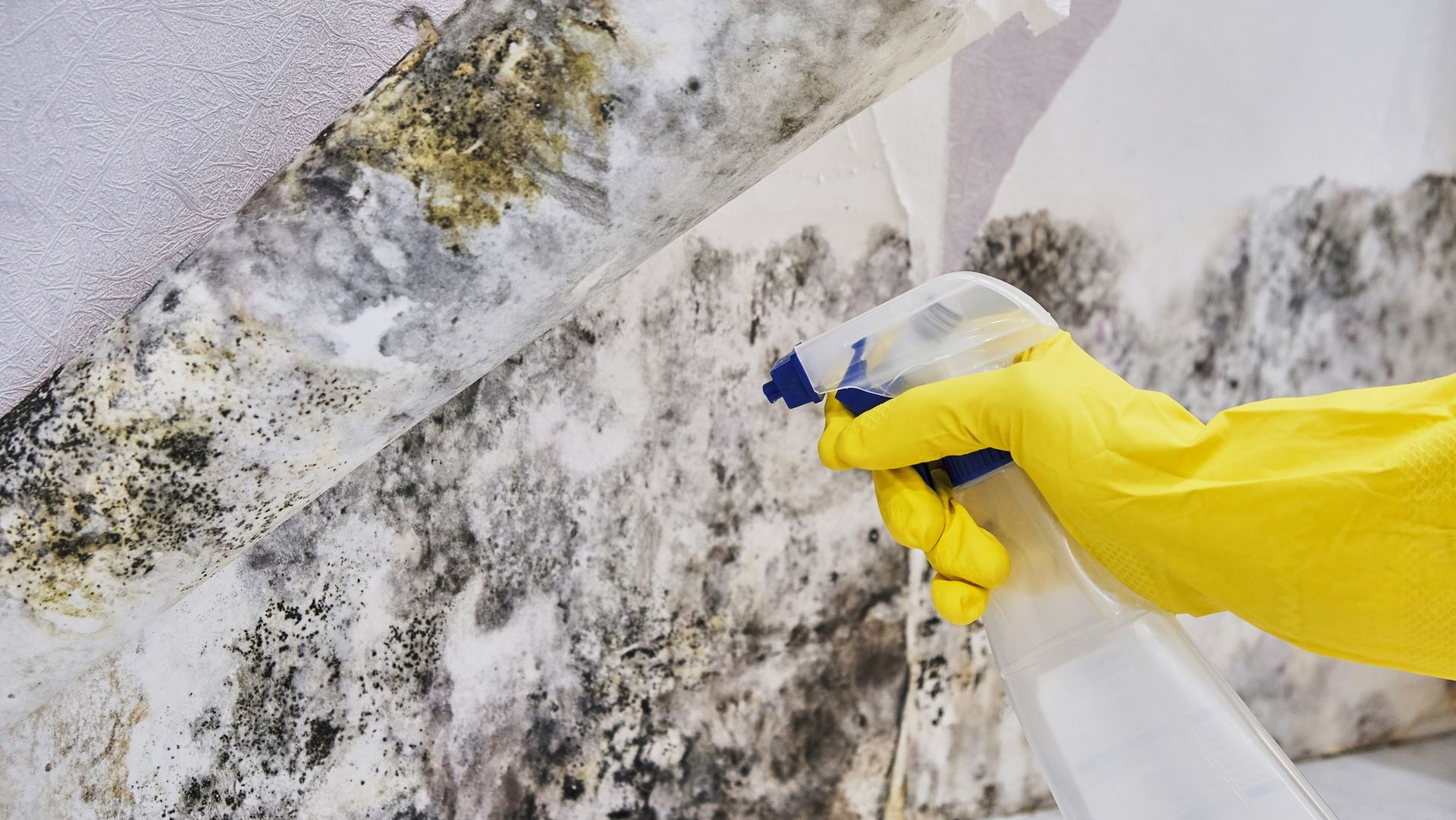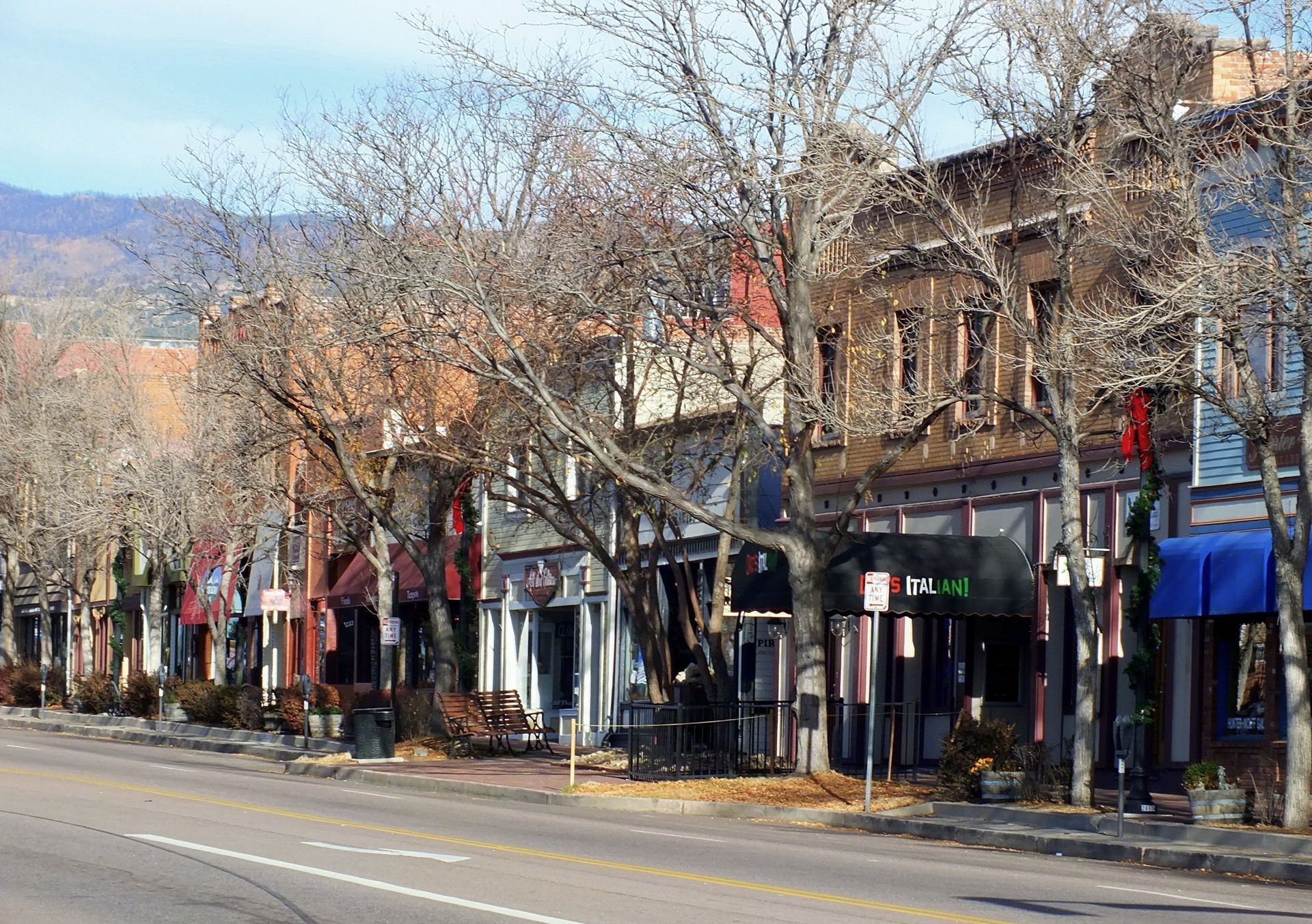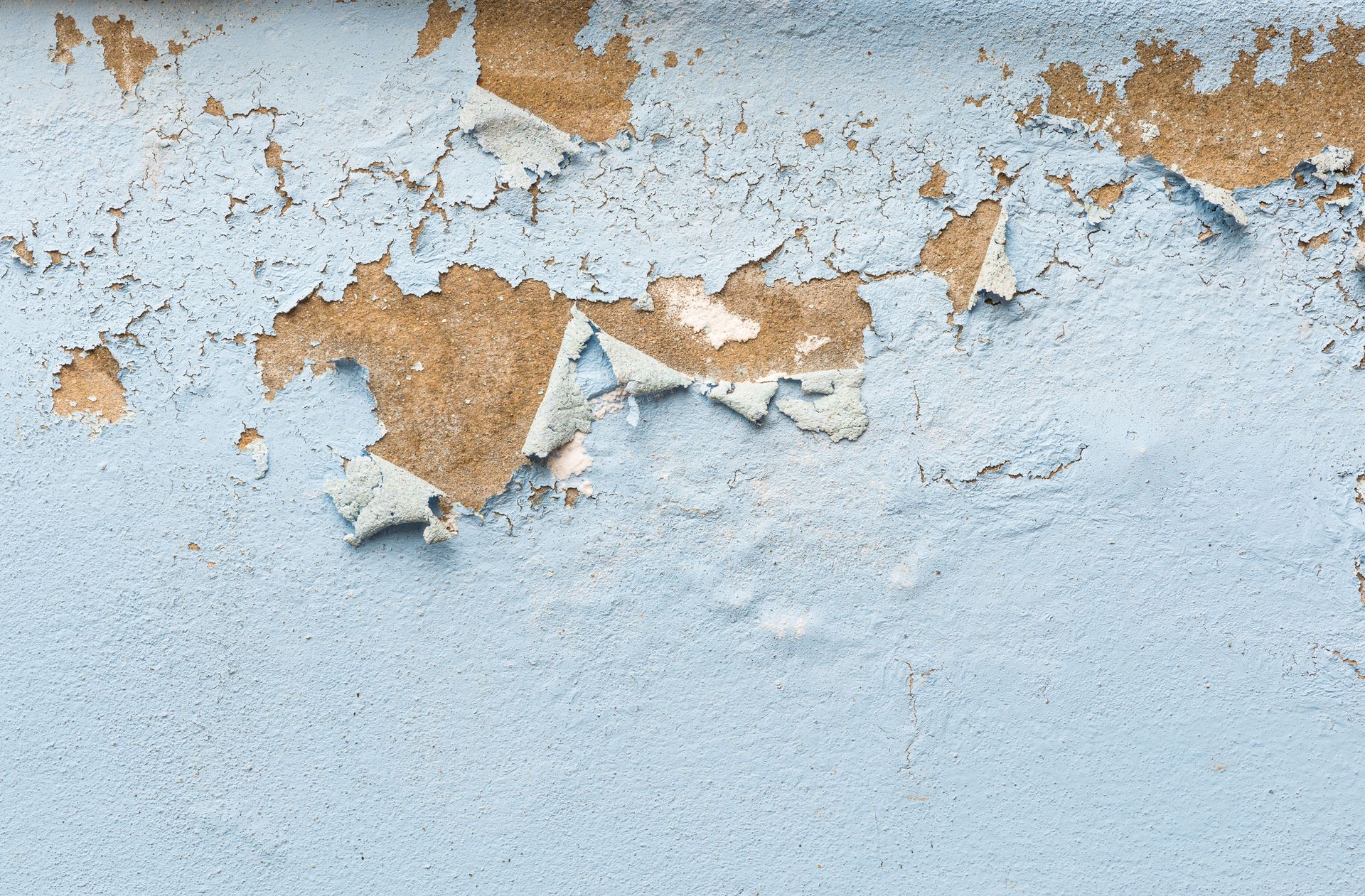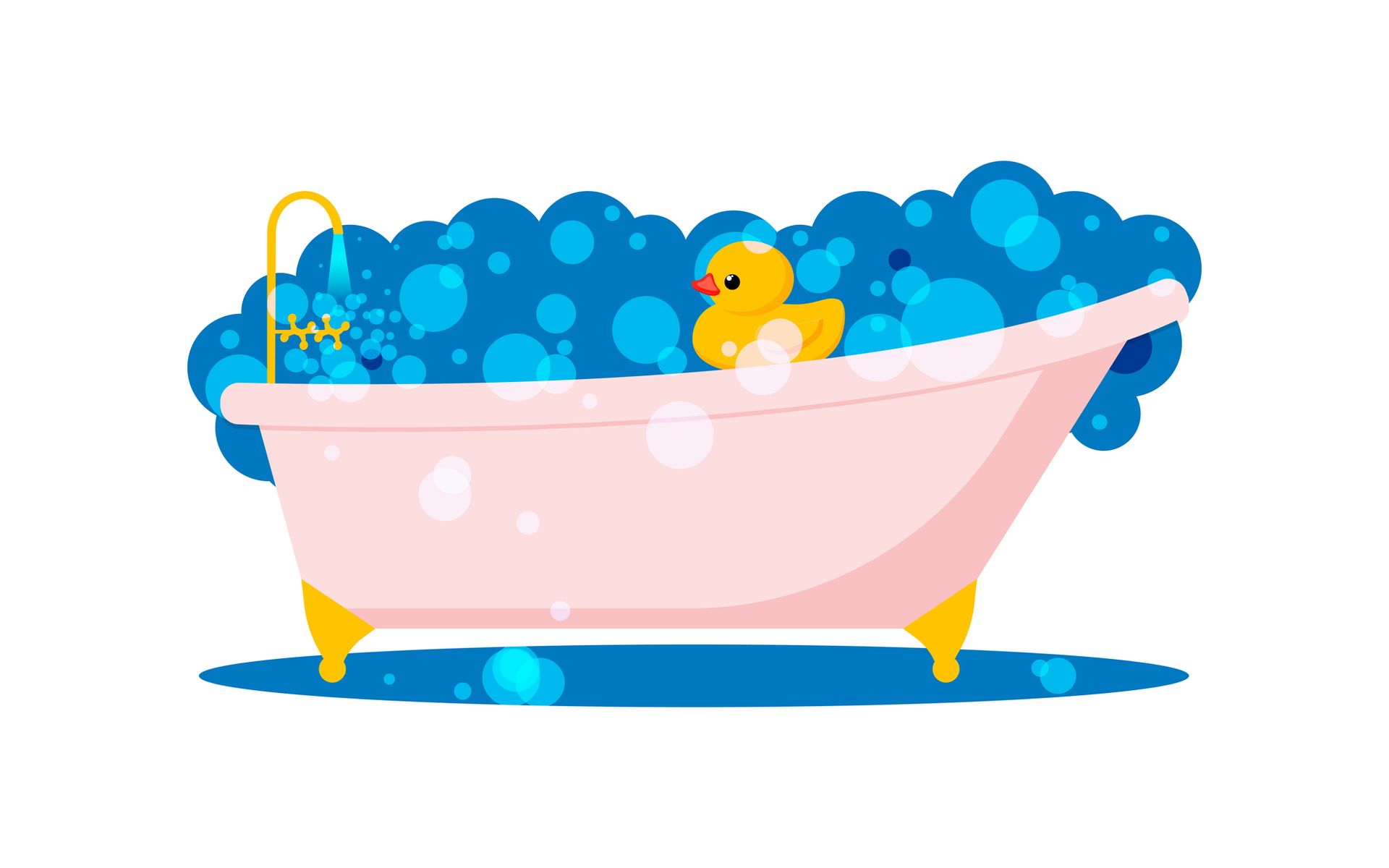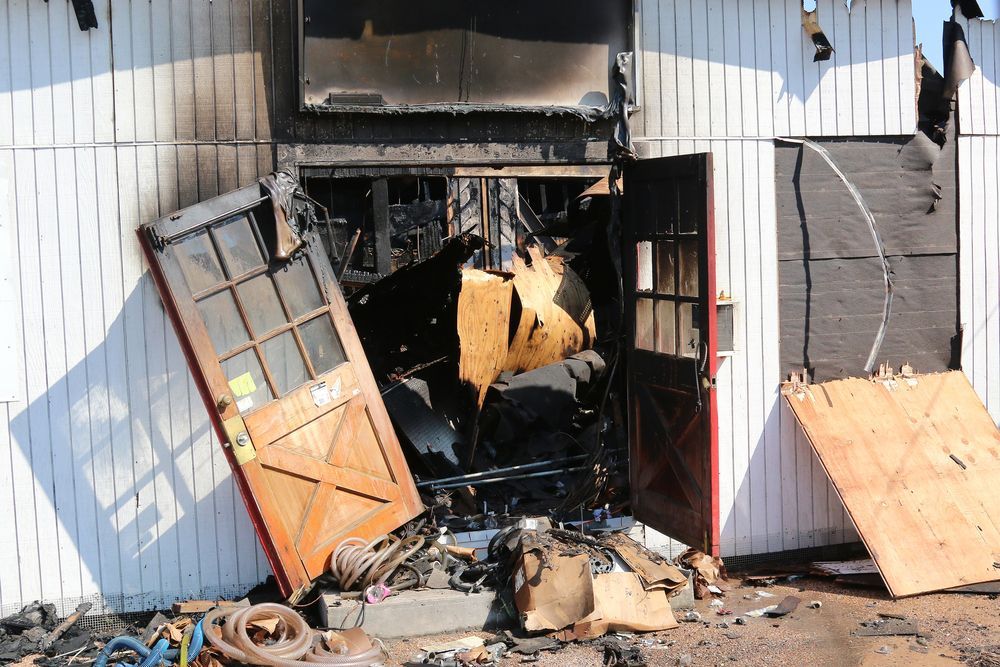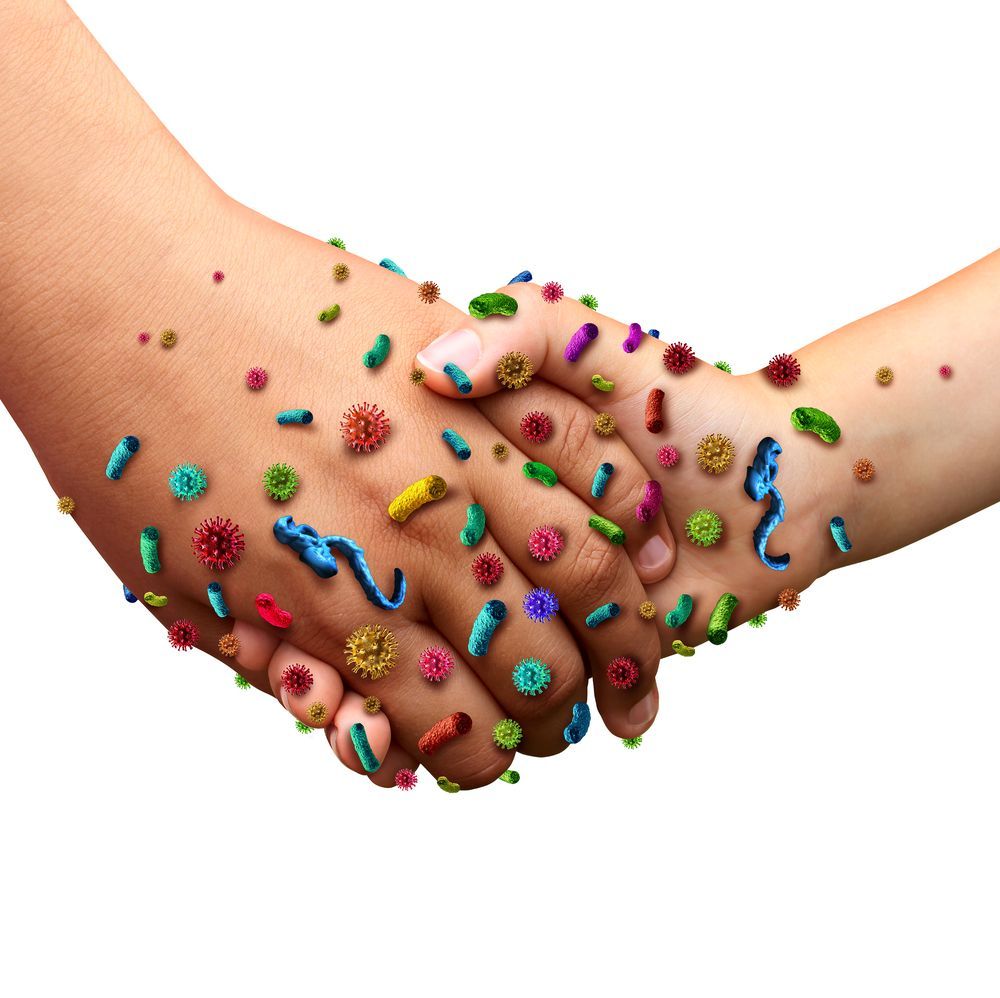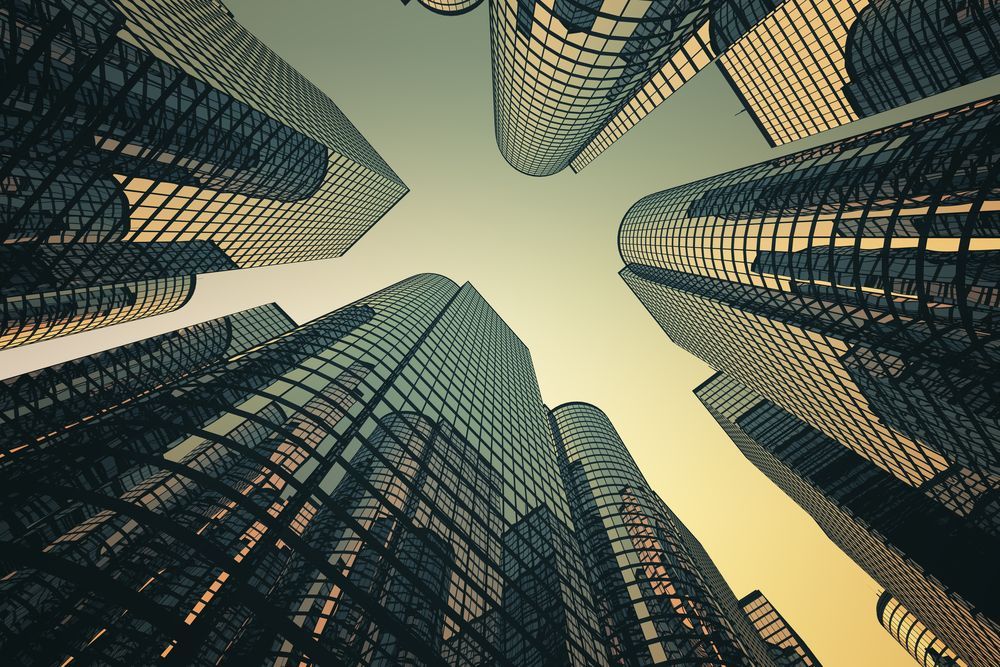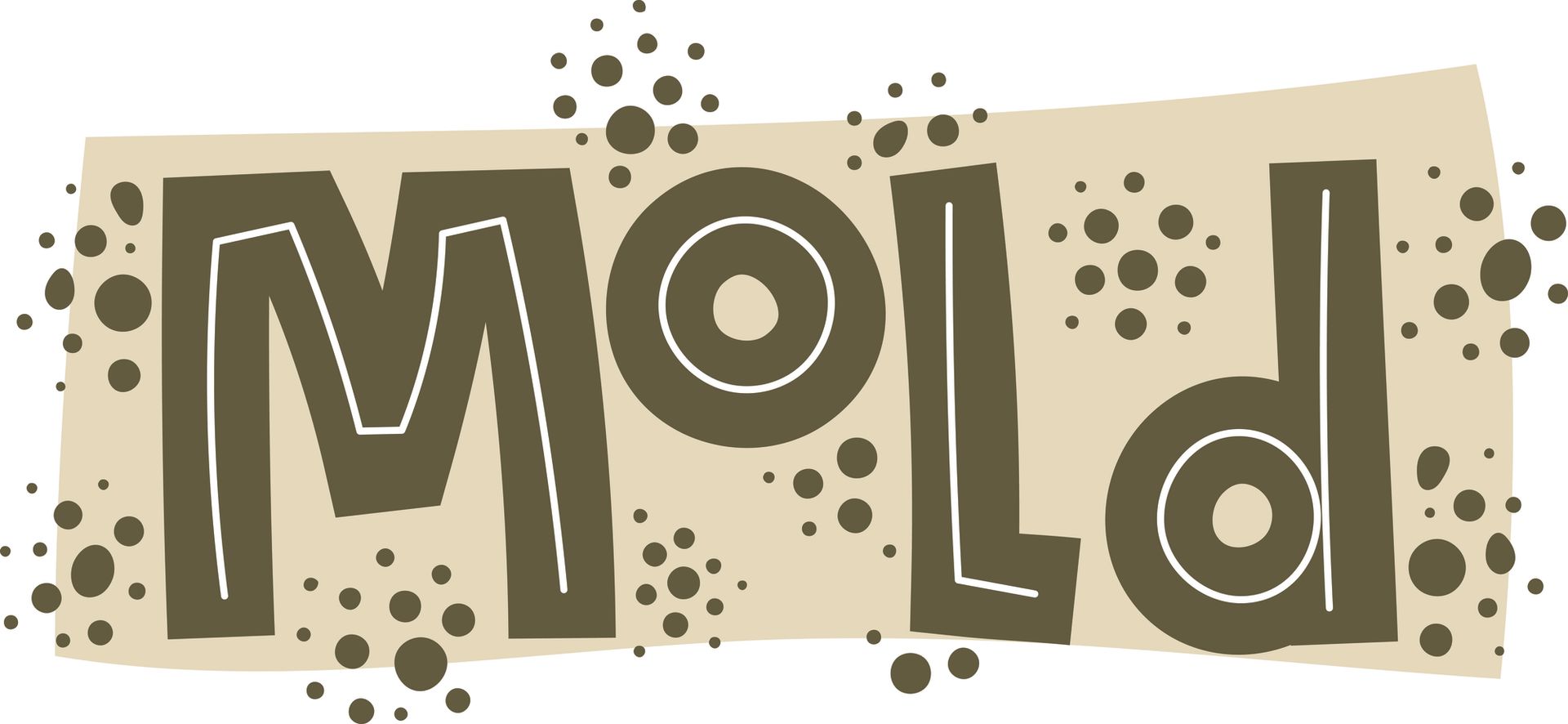Mildew Removal from Outdoor Cushions
Mildew Removal from Outdoor Cushions- Bethlehem, PA
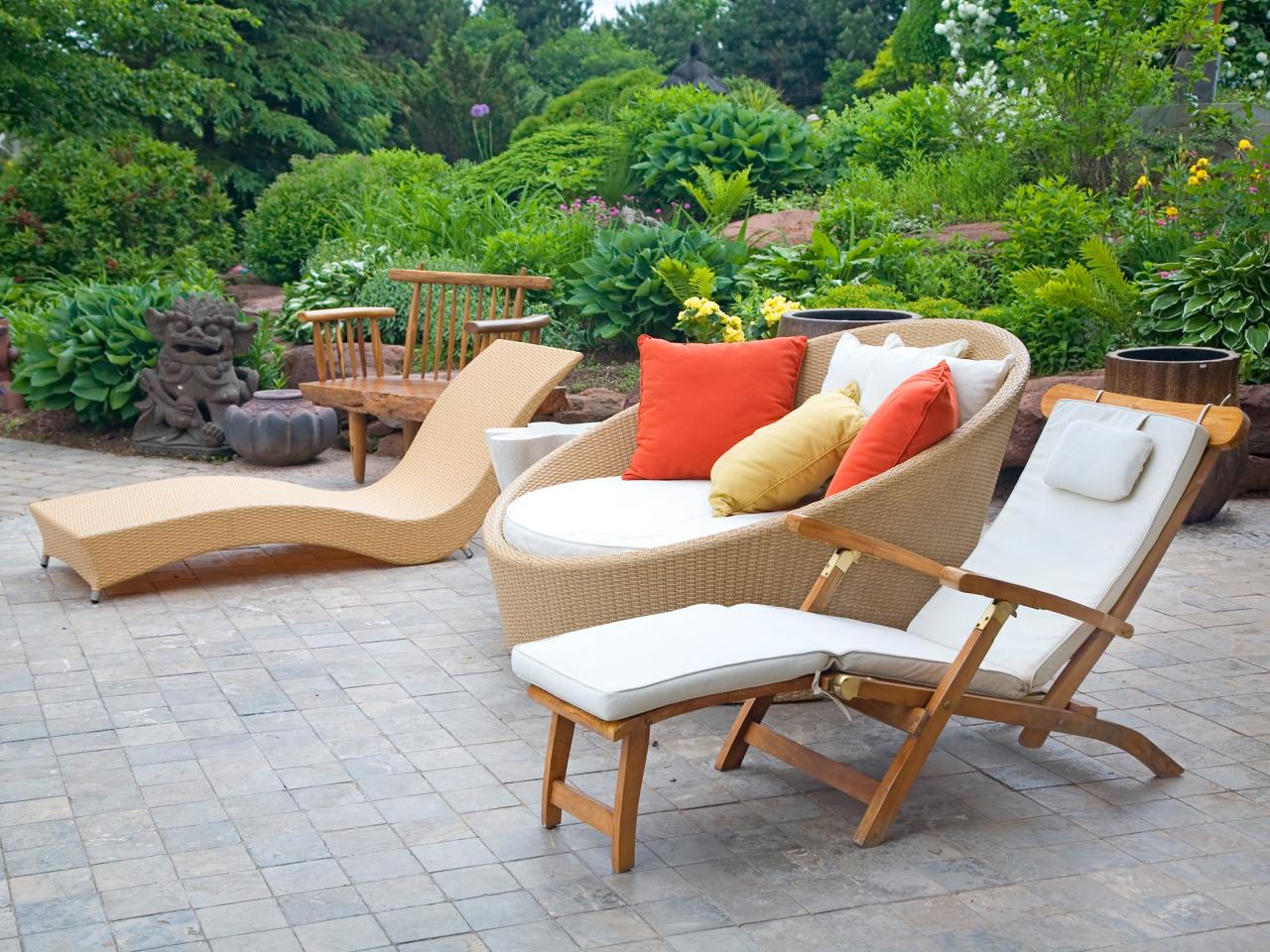
Entertaining guests on the patio is a joyous occasion, but spirits can be dampened when the outdoor furnishings show signs of mildew. Mildew on patio furniture is an issue that many homeowners face at some point. Here's how to get mildew out of outdoor cushions without using bleach.
What is mildew?
Mildew, a kind of mold, is a common annoyance. Mildew grows quickly when the conditions are favorable: plenty of darkness, wetness, and warmth. Even high-quality outdoor cushions that are exposed to rain or humidity can develop mildew.
Mildew shows as a powdery gray, white, or black growth on outdoor cushions. Mildew not only discolors patio furniture, but it also generates an awful, musty odor. The sight and smell of mildew are naturally repulsive to homeowners and their guests; also, long-term mildew exposure is harmful.
Mildew, like mold, is fed by organic compounds. Mildew can grow in natural textiles such as cotton, silk, and wool. Despite the fact that high-quality outdoor cushions are designed to endure the elements, they, too can having mildew.
Here's how to remove it.
Mildew removal is a straightforward operation, and homeowners have a variety of cleaning methods to choose from. The optimal procedure will be determined by the materials used in the outdoor cushions. Cleaning and drying the outdoor cushions on a regular basis will maintain them clean, fresh, and appealing.
Because not all outdoor fabrics can tolerate a bleach solution, avoid using bleach to clean the outdoor cushions. Bleaching outdoor cushions has the potential to stain the textiles. Furthermore, the gases released by bleach might be dangerous to persons who use it. The following are eco-friendly mildew removal methods.
Apply Borax – A Natural Cleaner- Borax is a popular natural cleaning product among homeowners. The substance, sodium borate, is a mineral salt that is helpful in eradicating mildew from outdoor cushions; an added bonus is that it requires less effort to obtain optimum results.
Borax both eliminates and disinfects mildew.
- 1 cup of Borax + a few drops of dish soap
- Dip a brush with a stiff bristle into the solution.
- Scrub the mildew stains along the cushion vigorously with the brush.
- Allow the solution to remain for five minutes before rinsing thoroughly with a garden hose.
Use White Vinegar – A Non-Toxic Option- White vinegar, a common household item, is an environmentally friendly approach to clean mildewed outdoor cushions. White vinegar is non-toxic as well. This procedure, however, is only effective on cushions with light mildew growth. Severe mildew stains necessitate the use of a pressure washer to remove.
Outdoor cushion covers that are removable can be washed in the washing machine with one cup of distilled white vinegar. If the cushions aren't removable, spray the white vinegar on all sides and let it sit for 10 minutes.
- In three cups of warm water, dissolve one spoonful of dish soap.
- Using a sponge immersed in the soapy solution, scrub the mildew away.
- Rinse the cushions with a clean, wet cloth.
- Allow the cushions to air dry.
- Spritz with more white vinegar to help prevent future mildew from growing.
Rent a Pressure Washer – A Powerful System A pressure washer is an excellent tool for removing stubborn mildew stains. Connect the pressure washer to a water supply outside. To protect the material, keep the pressure washer at least two feet away from the cushions and set the PSI to the lowest setting.
- Soak the outside cushions in water first.
- Upon putting the cleaner into the pressure washer soap reservoir, employ a horizontal, sweeping motion to cover the cushions in soap suds.
- Allow the soap to remain on the fabric for three minutes (do not allow the soap to dry) (do not allow the soap to dry).
- Scrub the mildew from the outdoor cushions using a brush.
- Rinse the cushions well with water to eliminate all soap residue.
- To remove excess water, wring out the cushions and allow to fully air dry in the sun.
What prevents mildew growth on outdoor cushions?
Cleaning mildew from outdoor cushions is a simple task. However, preventing mildew growth will save the homeowner the hassle of eliminating the mildew. Waterproof cushion covers, for example, lower the danger of mildew growth (but do not totally prevent mildew growth).
What keeps mildew from growing on outdoor cushions? With high humidity and rain in the forecast, homeowners should bring their outdoor furniture inside. Keeping cushions dry and clean helps to avoid mildew growth. If the cushions become wet, absorb the moisture with a towel and allow them to dry naturally.
When storing the cushions for the winter, make sure they are completely dry so that mildew does not form. The storage area should also have enough ventilation. When you take the cushions out in the spring, clean them using any of the procedures listed above.
While spraying white vinegar on outdoor cushions will help prevent mildew growth, this strategy may not work for more severe cases of mildew or mold. Trust mold remediation specialists when you need professional assistance in removing a mold problem.
Teams of professional mold removal technicians will arrive at your home or office as soon as possible to check the damaged areas. Following an initial evaluation, they develop a mold remediation plan. To prevent cross-contamination to other parts of the building, the impacted areas have been quarantined.
Then, skilled personnel use effective treatments to remove all signs of both hidden and obvious mold development. Mold development will be detected by professional technicians whether it is found under moist carpets, in basements, behind walls, near HVAC units, or in attics with insufficient ventilation. If you have mold issues in your home, call Restoration 1 of Lehigh Valley right away.
